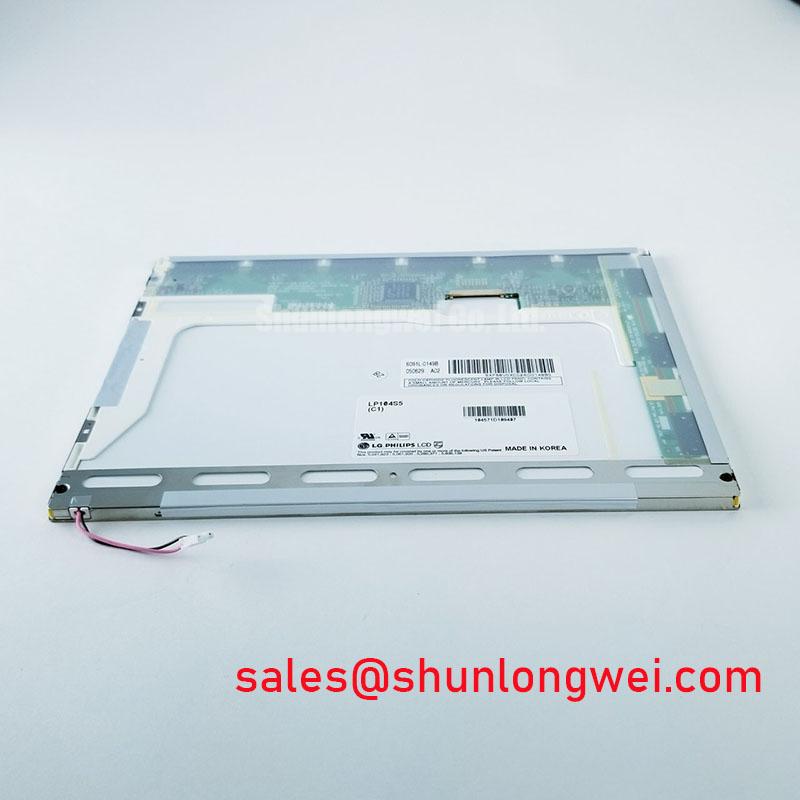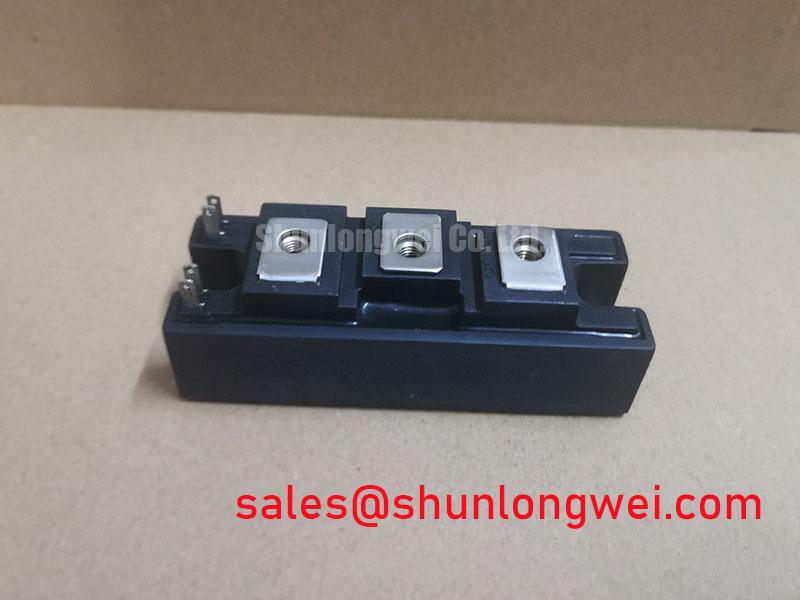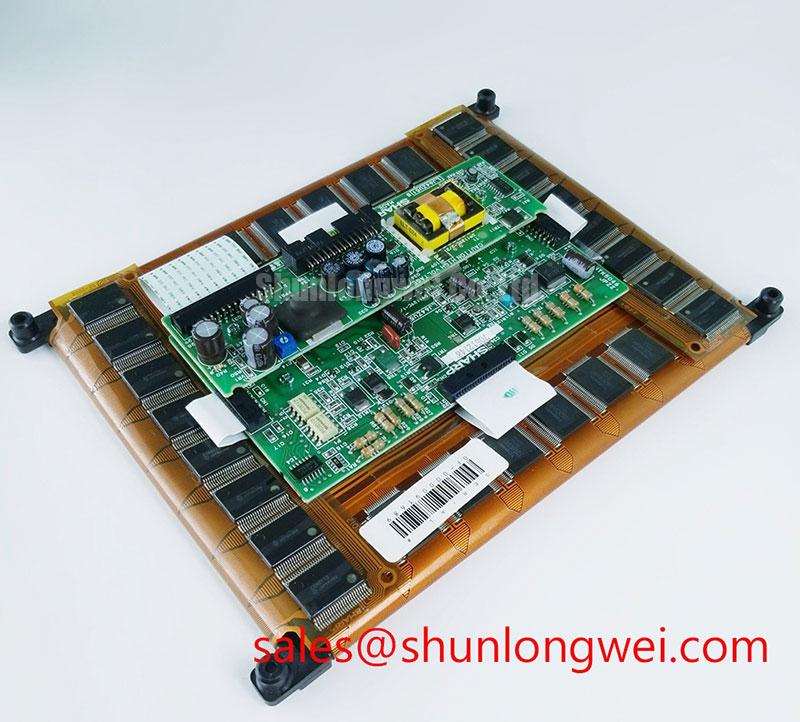Content last revised on October 2, 2025.
SKM145GAL123D SEMITRANS® 2 IGBT Module
Product Overview
Optimized for High-Efficiency Power Conversion
The SKM145GAL123D is a high-performance single-switch IGBT module designed for robust power conversion systems. It integrates advanced trench gate IGBT technology with a soft-recovery CAL (Controlled Axial Lifetime) freewheeling diode within the industry-proven SEMITRANS® 2 package. This combination delivers a superior balance of low conduction losses and controlled switching characteristics, directly addressing the core challenge of maximizing efficiency in hard-switching applications. For hard-switching topologies up to 50kW requiring low conduction losses, the SKM145GAL123D's 2.1V Vce(sat) offers an optimal balance of performance and thermal efficiency.
- Core Specifications: 1200V | 145A (at Tcase=80°C) | VCE(sat) 2.1V (typ)
- Key Benefits: Reduced overall system losses; Enhanced reliability from soft diode recovery.
Application Scenarios & Value
Delivering System-Level Gains in Industrial Drives and Power Supplies
The SKM145GAL123D is engineered for demanding applications where efficiency and reliability are critical. Its primary value is demonstrated in systems like industrial Variable Frequency Drives (VFDs), uninterruptible power supplies (UPS), and high-power switch-mode power supplies (SMPS). In a VFD application, for instance, the motor requires precise control under varying loads. The module's low VCE(sat) of 2.1V directly translates to lower heat dissipation during the on-state, which is the dominant state in many motor drive profiles. This reduction in thermal load allows designers to either optimize heatsink size for a more compact system or operate with a greater thermal margin, improving long-term reliability. The integrated CAL diode's soft recovery behavior is crucial for minimizing voltage overshoot and oscillation during IGBT turn-on, reducing electromagnetic interference (EMI) and lessening the need for complex external snubber circuits.
For systems requiring different power levels, this module is part of a scalable family. Designs needing less current handling can utilize the SKM100GAL123D, while higher power requirements can be met with the SKM300GA123D, simplifying system design across a product line.
Key Parameter Overview
Specification Breakdown and Engineering Implications
The following table highlights the critical performance parameters of the SKM145GAL123D. Each specification is selected to provide engineers with the data needed for accurate system modeling and performance evaluation. The thermal resistance values, in particular, are essential for effective thermal management design.
| Parameter | Condition | Value | Engineering Implication |
|---|---|---|---|
| Collector-Emitter Voltage (Vces) | Tj = 25°C | 1200V | Provides a safe operating margin for standard 400V/480V AC line applications, accommodating voltage spikes. |
| Continuous Collector Current (Ic) | Tcase = 80°C | 145A | Defines the module's nominal current handling capability under realistic industrial operating temperatures. |
| Collector-Emitter Saturation Voltage (Vce(sat)) | Ic = 150A, Tj = 125°C | 2.1V (typ) / 2.5V (max) | A low Vce(sat) directly minimizes conduction losses, improving overall system efficiency and reducing heat generation. Think of it as low electrical "friction." |
| Diode Forward Voltage (Vf) | If = 150A, Tj = 125°C | 2.0V (typ) / 2.4V (max) | Specifies the forward conduction loss of the integrated CAL freewheeling diode. |
| Thermal Resistance, Junction-Case (Rth(j-c)) | Per IGBT | 0.17 K/W | This critical value quantifies the efficiency of heat transfer from the silicon chip to the module case, a key input for heatsink selection. |
| Short-Circuit Withstand Time (tsc) | Vcc = 600V, Vge ≤ 15V, Tj = 125°C | 10 µs | Ensures the module can survive fault conditions for a specified duration, allowing protection circuits to activate safely. |
Download the SKM145GAL123D datasheet for detailed specifications and performance curves.
Technical Deep Dive
The Synergy of Trench Gate IGBT and CAL Diode Technology
The performance of the SKM145GAL123D module is rooted in the strategic pairing of its core components: the trench gate IGBT and the CAL freewheeling diode. The trench gate structure creates a vertical current path within the silicon, which significantly increases channel density compared to older planar designs. This directly results in a lower on-state resistance, leading to the module's competitive VCE(sat). For a design engineer, this is analogous to using a wider pipe for water flow—less pressure (voltage) is lost for the same amount of current, minimizing wasted energy as heat.
Complementing the IGBT is the CAL diode. In hard-switching applications, the diode's recovery characteristic is just as important as the IGBT's performance. A standard diode can turn off abruptly, causing a sharp current drop that induces high voltage spikes and system-wide EMI. The CAL technology is specifically engineered for a "soft" recovery. This means the reverse current decays in a controlled manner, preventing the oscillations that create noise and stress other components. This inherent softness enhances the system's electromagnetic compatibility (EMC) and can reduce the cost and board space associated with filtering components.
Frequently Asked Questions (FAQ)
What is the primary benefit of the integrated CAL diode in the SKM145GAL123D?
Its main advantage is "soft" reverse recovery. This reduces voltage overshoots and electromagnetic interference (EMI) during switching, leading to higher system reliability and potentially simpler filtering circuit design.
How does the 0.17 K/W thermal resistance influence system design?
This low Rth(j-c) value signifies efficient heat extraction from the IGBT chip to the module's baseplate. It allows engineers to use smaller, more cost-effective heatsinks or to push more power through the module while staying within safe temperature limits, thereby increasing power density.
Is the SKM145GAL123D suitable for high-frequency applications?
This module is optimized for low conduction losses, making it ideal for applications with typical switching frequencies in the range of 2 kHz to 15 kHz, common in motor drives and UPS systems. While it can operate at higher frequencies, designers must carefully analyze the trade-off with increased switching losses as per the datasheet curves. For a deeper understanding of this trade-off, consult our guide on decoding IGBT datasheets.
What does the 'GAL' designation in the part number signify?
In the Semikron nomenclature for this product generation, 'G' typically indicates an IGBT, 'A' refers to the single-switch configuration, and 'L' often denotes a specific generation or feature set, in this case associated with low-loss performance characteristics and the integrated CAL diode.
What are the key considerations for the gate drive circuit for this module?
A gate driver capable of providing a stable +15V for turn-on and a negative voltage (e.g., -8V to -15V) for turn-off is recommended. The negative turn-off voltage ensures robustness against parasitic turn-on, especially in noisy, high dv/dt environments. The gate driver must also be able to supply the peak current required to charge and discharge the IGBT's input capacitance quickly for efficient switching.
An Engineer's Perspective on Application Fit
From a design standpoint, the SKM145GAL123D hits a sweet spot for mainstream industrial power conversion. It doesn't chase the absolute highest switching speeds, but instead focuses on delivering excellent efficiency and robustness in the most common operating ranges. The combination of low conduction losses and a well-behaved freewheeling diode makes it a reliable, workhorse component. It simplifies the design process by mitigating common EMI and thermal challenges, allowing engineers to develop dependable and efficient systems without over-engineering peripheral circuits.

















